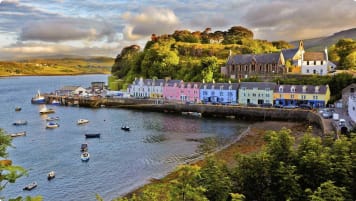Falkirk Wheel
Article building on Queen Victoria's Britain and the Industrial revolution as well as Scotland. Part of small group tours for mature and senior travelers couples or solo visiting Britain.
1 Jul 21 · 6 mins read
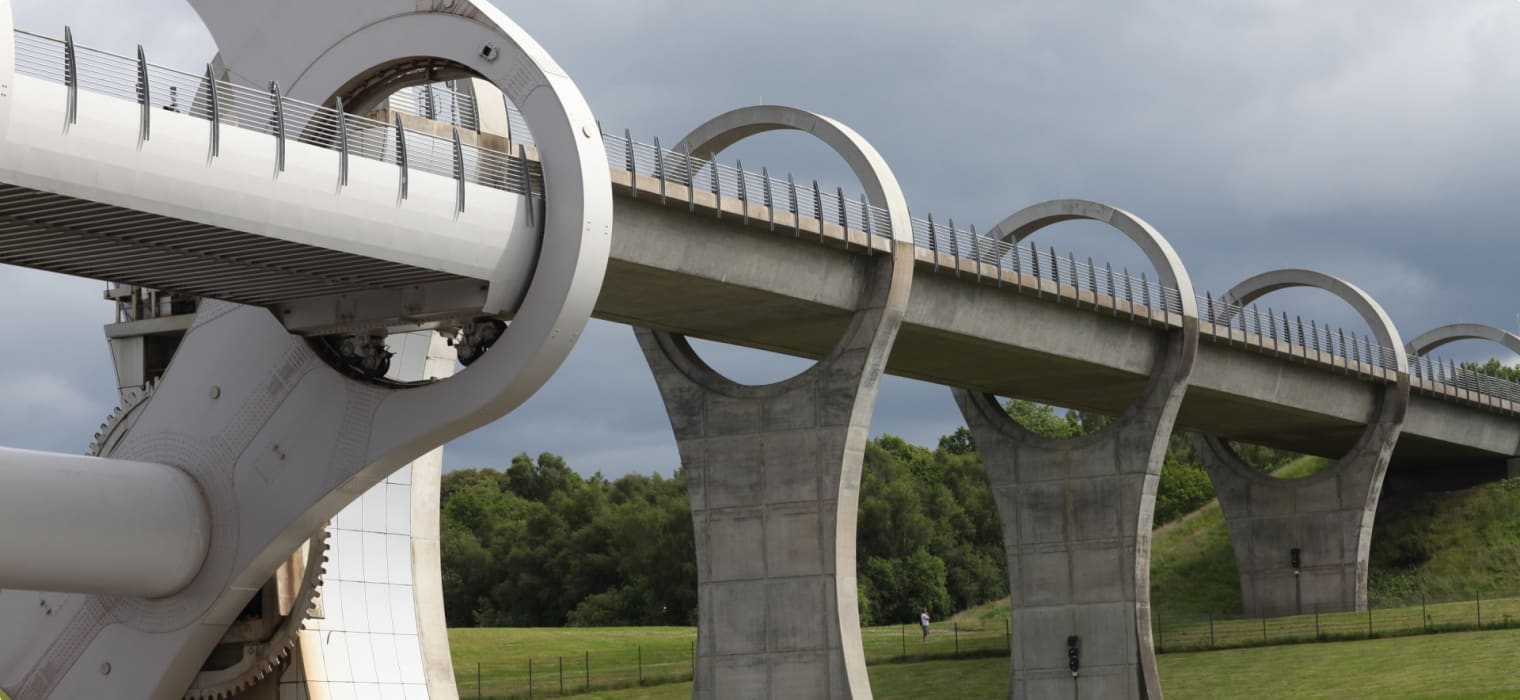
The Falkirk Wheel, Falkirk, Scotland
The Falkirk Wheel boat lift is the world’s first and only rotating boat lift, designed and built to connect the Forth & ClydeCanal and the Union Canal which allows the traveller to enjoy a boat trip coast to coast navigating Scottish canals across central Scotland.
The magnificent structure stands 35 metres (115ft) tall and requires only the power of eight domestic kettles to sail boats through the air and transfer them between the two canals on the rotating boat lift. The Falkirk Wheel has not only been described as a feat of engineering but as a work of art and is now an iconic Scottish landmark lin king central Scotland‘s canals.
As part of a growing desire to revive and preserve British waterways and canals across Great Britain came the £85.4m Millennium Link project. The Millennium Link was Britain’s largest, most ambitious canal restoration project to celebrate the millennium. It aimed to repair or rebuild many of its 500 structures – including bridges, locks and aqueducts – along the 112km length of Scotland‘s two major Lowland Canals: the Union and the Forth and Clyde. The Union Canal from Edinburgh joins the Forth and Clyde Canal at Falkirk, so Glasgow and Edinburgh are linked by canals.
Sections of the new canal had to be cut through to Edinburgh, long buried locks had to be unearthed near Glasgow, new bridges had to be built and original crossings refurbished. In just three years of hectic reconstruction, rotting lock gates and stretches of abandoned stagnant canal – boasting little more than accumulated shopping trolleys and old tyres – have been transformed into 21st century waterways, linked by the magnificent 35 metre high Falkirk Wheel, regarded by many as a feat of 21st century engineering.
Scotland‘s oldest canal, The Forth and Clyde Canal (originally known as The Great Canal) runs 57kms coast to coast from the ports of Bowling west on Glasgow on the Clyde River to Grangemouth on the Firth of Forth in the East. There is also a 4km spur into Glasgow. The scheme, dubbed ‘The People’s Project’, now offers sea to sea boating facilities and a boattrip linking by water Scotland‘s two largest cities Edinburgh and Glasgow. Its towpaths provide unrivalled walking and cycling opportunities through one of Scotland‘s most important environmental corridors with its 300 plant species and the animals that depend on them. There are pike, roach, perch, eels, brown trout, mallard, coots, and even red-eared terrapins. Otters, bats, mink, water voles, roe deer have been sighted and mute swans nest along the banks of the Scottish canalsacross central Scotland.
Scottish canals early history.
The building of a canal across central Scotland was first discussed during the reign of Charles II, but it was not until the mid-1700s that the building of the canal became a possibility with funding being raised to carry out the work. In 1784 work resumed after it had stopped for 7 years when the government approved a loan of £50,000 to the Canal Company from the Forfeited Estates Fund (a legacy from the Jacobite Rebellion in 1745. The Forth and Clyde Canal was opened from the Firth of Forth to the Firth of Clyde in summer 1790 with the first boat navigating its channel in August of that year.
The canal served three main purposes. It allowed seagoing vessels passage from east to west or vice versa, therefore avoiding the long, and often treacherous, passage around the north of Scotland. It provided the fast movement of goods as agricultural produce, mineral resources and locally produce materials could be transported more easily across Scotland. It also acted as a way for travellers to move across Scotland using ‘Swift’ boats that linked to coach services. The canal had an active life into the years of World War II though by this time railways were carrying more goods around the country. Trade was slowing falling away, though transits through the canal and day tripping continued. Eventually on 1 January 1963, the Forth and Clyde Canal closed to through traffic.
However, the Lowland Canals are one of Scotland‘s most important environmental corridors, rich in wildlife and aquatic plants. The overall route, though a relatively small wetland area compared to the many rivers and lochs, offers a unique combination of shallow, stable, slow-flowing and nutrient rich water, well aerated as it falls over the numerous lock gates. The Forth and Clyde and the Union Canals had originally been linked by a staircase of 11 locks which took nearly a day to pass through. Hidden in a wood near Falkirk are the remains of an old, half-buried canal lock. This is all that remains of the past canal system. The rest lie, long forgotten beneath the nearby streets.
The Falkirk wheel and the Millennium link project
The Falkirk Wheel boat lift was designed to reunite the two canals with a height difference between them of 25m, it is based on Archimedes principle that a floating object displaces the amount of liquid equal to its weight. The Times of 25 May 2002 said “Of all the weird and wonderful things the Queen has declared open during her reign, few can have been as inventively novel as The Falkirk Wheel“.
During the five year design period the boat lift moved from being a see-saw lift, to a circular turning wheel (Ferris wheel) with boats attached. The final design is unique in that not only is it the first boat lift of its type anywhere in the world, but its combination of 21st century engineering ingenuity and architectural imagination is wonderful as the computer controlled machinery gracefully raises or lowers 500 tonnes of boats and water the 25 metres between the two canals.
How the Falkirk wheel boat lift works.
The prime mechanism is a series of hydraulic motors that rotate the 4m diameter central axle and the two propeller-shaped arms (reminiscent of the Celtic double axe) fixed to it. Two gondolas, and the boats inside them are swung between these arms and kept horizontal throughout the operation by a second mechanism – a row of linked cogs that interact as the wheel turns, but need no power supply. The size of the cogs, the way they turn against both the fixed central axle keep the two gondolas horizontal no matter where the Wheel is in its cycle.
A boat travelling along the upper aqueduct travels into the top gondola level, the upper aqueduct door, with it. A boat travelling along the lower canal basin can enter the lower gondola resting there. Each boat displaces its exact own weight of water as it enters the gondola (Archimedes’ Principle). So, assuming the water level is the same, each gondola will transport the same total load, 250 tonnes, no matter how many boats or fish each contains. State of the art computer software records water level to a few millimetres, and allows only a maximum of 75millimetres difference between levels in each gondola. When the arms move, the gondola at the top canal moves to the bottom canal as the lower gondola rises.
The world’s first rotating boat lift, 35 metres high and 27 metres long opened in 2002. The total connection cost £20 million. The Falkirk wheel weighs 1,200 tonnes, plus two 50 tonnes gondolas. Each gondola transfers a total of 250 tonnes of boats and water the 25 metres vertical distance between the Union and Forth & Clyde Canals. Boat journeys through the Wheel takes 15 minutes overall, but it completes its half turn between the two canal heights in just five minutes.
The Falkirk Wheel is truly marvellous and truly is a marvel and is considered a win-win project. It is already a top tourist attraction. The Millennium Link Project has become a new coast to coast pleasure waterway. Where once work horses filled the towpath families and cyclists have taken their place. Sea-going yachts and hundreds of brightly coloured canalboats are replacing the 19th century coal barges and cargo-laden sailing ships.
This following links provides additional information on the Falkirk wheel and central Scotland‘s canals.
There is much to be explored in and around the location of the Falkirk wheel, whether its the Neolithic wonders, the wildlife, the dramatic scenery, or medieval monuments. It is a great way to spend a few days. If it sounds like a place you’d like to explore, please have a look at our Tracing 5,000 years of Scotland‘s history tour, our Scottish Islands and Shetland small group tour and our Seven Ages of Britain tour .
Articles about the Scottish Isles published by Odyssey Traveller.
The following short list of articles published by odyssey Traveller for mature aged and senior travellers to maximise their knowledge and enjoyment of Scotland when visiting:
- The Scottish Isles
- Shetland Islands Discovered
- Questions about the Outer Hebrides
- How the Atlantic Ocean shaped early life in Europe
- Skara Brae
For all the articles Odyssey Traveller has published for mature aged and senior travellers, click through on this link.
Tours of Scotland

5 days
Jun, JulEdinburgh City Tour
Visiting Scotland
A guided tour of the capital of Scotland, Edinburgh is a day tour collection with a tour leader and local guides. The old town of Edinburgh including the Royal mile and New town of Edinburgh are a UNSECO world heritage site and are included in our itineraries as well the Palace of Holyroodhouse.
From A$4,795 AUD
View Tour
From A$13,915 AUD
View Tour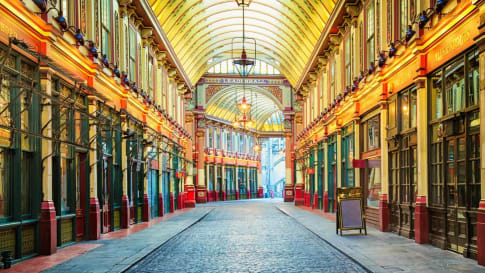
21 days
Sep, JunQueen Victoria's Great Britain: a small group tour
Visiting England, Scotland
A small group tour of England that explores the history of Victorian Britain. This escorted tour spends time knowledgeable local guides with travellers in key destinations in England and Scotland that shaped the British isles in this period including a collection of UNESCO world heritage locations.
From A$15,880 AUD
View Tour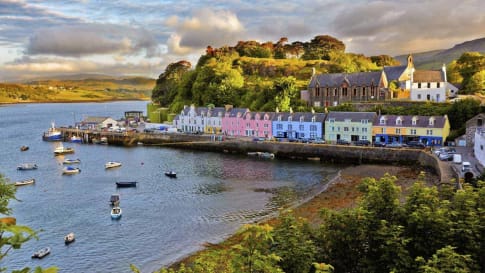
20 days
May, Jul, Aug, SepScottish Islands and Shetland small group tours for seniors
Visiting Scotland
An escorted small group tour for couples and solo travellers of the Scottish isles including the isle of Skye draws on local guides to share their knowledge of the destinations in this unique part of Scotland. UNESCO world heritage site are visited as breathtaking scenery and authentic experiences are shared in a group of like minded people on this guided tour of remote Scotland.
From A$17,525 AUD
View Tour
22 days
Apr, AugSeven Ages of Britain, snapshots of Britain through the ages.
Visiting England, Scotland
This guided small group tour starts in Scotland and finishes in England. On Orkney we have a day tour to the UNESCO World heritage site, Skara Brae, before travelling to city of York. Your tour leader continues to share the history from the Neolithic to the Victorian era. The tour concludes in the capital city, London.
From A$15,995 AUD
View Tour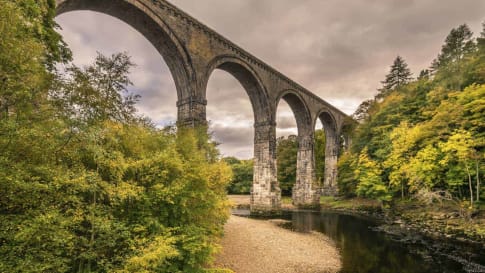
23 days
Oct, Apr, SepCanals and Railways in the Industrial Revolution Tour | Tours for Seniors in Britain
Visiting England, Scotland
A small group tour of Wales, Scotland & England that traces the history of the journey that is the Industrial revolution. Knowledgeable local guides and your tour leader share their history with you on this escorted tour including Glasgow, London, New Lanark & Manchester, Liverpool and the Lake district.
From A$17,860 AUD
View TourRelated Articles

11 places to consider visiting in Edinburgh off the beaten track
Edinburgh or Glasgow, which is better the Scots will ask the traveller. Take a small group tour for mature solo travellers and couples to think about the answer. Or visit Manchester, Bristol, Liverpool or the Scottish isles to give an answer.
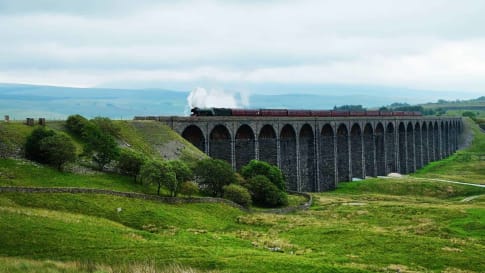
15 books on Britain's Industrial Revolution
Fifteen books on Britain’s Industrial revolution This reading list on Britain’s Industrial revolution complements Odyssey Travellers escorted small group tour that traces via the canal and railway network, the evolution of this monumental change in…

Country Spotlight: Scotland
Article sets the platform for small group tours learning about Scotland and the Scottish isles for senior couples and solo travellers.

Industrial Revolution. Britain's contribution to the world
Britain and the industrial revolution. A progressive period that spanned Queen Victoria's period. Small group package tours for mature and senior travellers explore this fascinating period of history across England and Scotland and key cities such as Manchester, Liverpool, Newcastle and Glasgow.
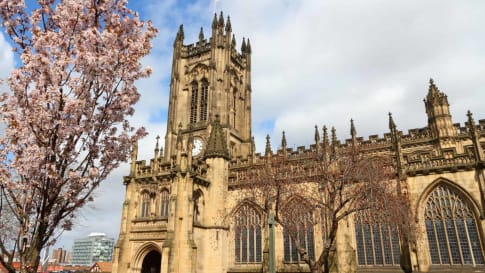
Learning about Manchester's Early History
Article for senior couples and mature solo travellers interested in small group educational tours of England. Visit Manchester, learn about the reason for Bees being the symbol of the city, the industrial revolution and being up North.
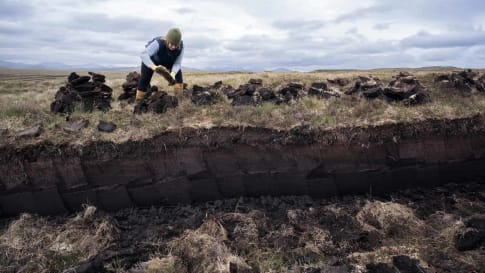
Peat and Scotland
Article about Peat, a historically important organic product for fuel and making whisky. Read and learn more about Scotland, its history, the islands and neolithic past before joining a small group tour for senior couples and mature solo travellers.

Perth, Scotland
Article about Perth for mature travellers includes references to Scotland and the Scottish isles. Small group tours for senior couples and solo travellers that include Perth, Edinburgh, Glasgow to support your travel plans.
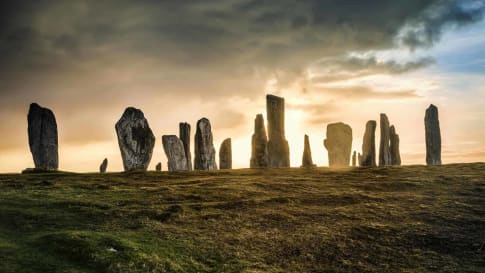
Questions about Scotland for senior travellers.
Enjoy a small group tour of Scotland. Off the beaten track, for curious senior travellers about history, culture and landscapes. For mature couples and solo travellers. Explore the Orkney Islands, the Hebrides, Skara Brae whilst touring the Scottish isles.

Scotland & Scotch Whisky
Article for senior and mature solo and couples taking a small group tour of Scotland or the isles of Scotland including Iona, Orkney, inner and outer Hebrides to learn about the ancient history including standing stones to the industrial revolution.
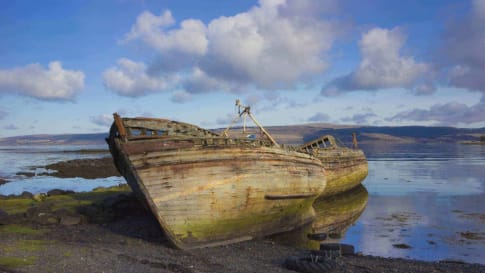
The Best of the Scottish Islands
small group tours of the Scottish isles including Orkney, Skye, Iona and Shetland plus others for senior couples and solo travellers.
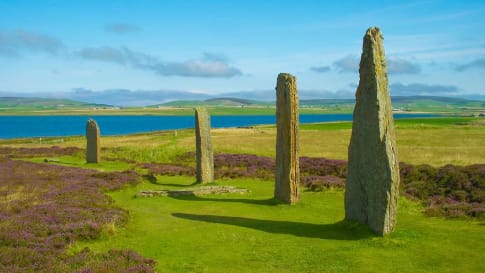
The Scottish Isles
The islands of Scotland are historically rich from Skara Brae to Isle of Skye and the inner and outer Hebrides. Learn more on a small group tour for seniors for couples and solo travellers about the Scottish isles.

Travellers exploring Glasgow's Architectural Heritage
Article about Glasgow Architectural heritage, led by the Industrial revolution, in Victorian Britain, wealth flowed to Scotland to Glasgow and Edinburgh. See and learn on a small group tour for senior couples or mature solo travelers.
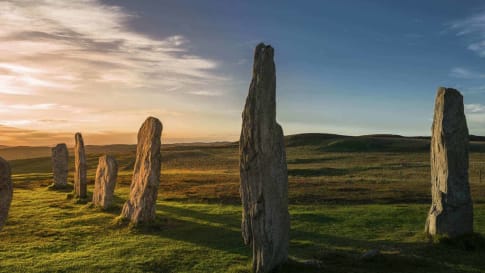
Visiting Scotland: Standing stones, neolithic history and whisky
Scotland draws travellers. Learn about Scotland its Islands, Skara Brae, Edinburgh, Glasgow and places in between such as Perth, Oban and Thurso and join a small group tour of Scotland for mature solo travellers and couples.

